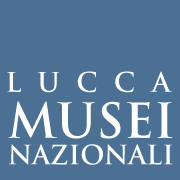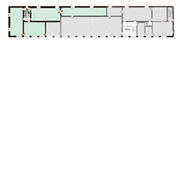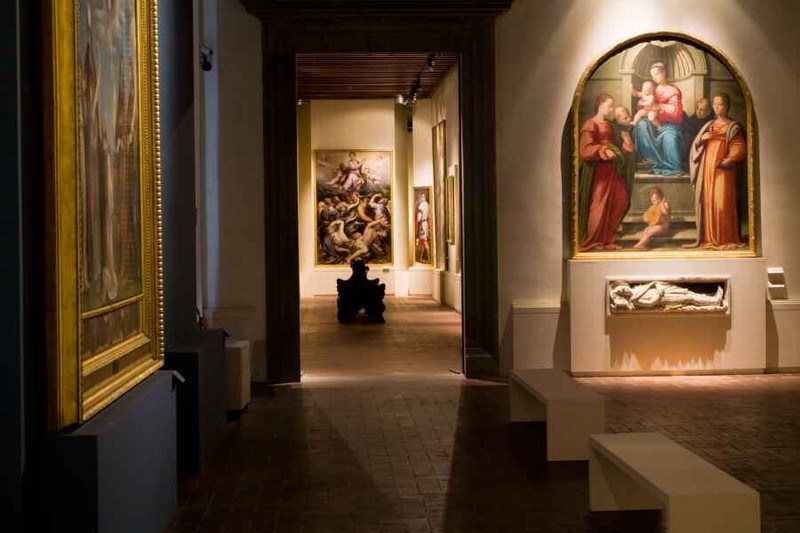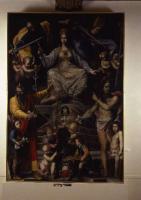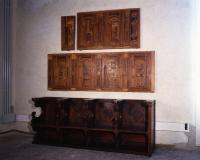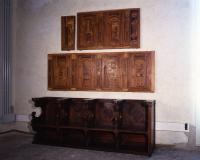The exhibition continues with the only Flemish painting with a sacred theme present in the town collection, the Annunciation by an anonymous artist who was probably a follower of Hans Memling. This painting is one of the significant residual traces of the many Flemish paintings arrived in town in that period. The room also contains five wooden marquetry from the sacristy of the Cathedral of Saint Martino in Lucca, created in second half of the fifteenth century by Cristoforo Canozzi from Lendinara and various works of one of the major artists of the time in Lucca, Matteo Civitali, among which we’ll find the Annunciation, the Madonna and Child, the Ecce Homo and the Vir dolorum. Alongside the works of Civitali exposed here we find also a remarkable example of the goldsmith's art, the processional cross by Francesco Marti, while on the right wall three altarpieces painted by Michelangelo Membrini, the greatest painter of the sixteenth century in Lucca. The works of the local artist Vincenzo Frediani and Zacchia from Vezzano are on exhibition here with the works of two important foreign artists: Amico Aspertini, emilian mannerist artist, born in Bologna, who also designed the frescoes in the Cenami Chapel in Saint Frediano church, and Fra 'Bartolomeo, author of two of the most prestigious paintings of the entire museum collection. The visit on the first floor of the museum ends with the beautiful wooden inlays of Ambrogio and Nicolao Pucci (1522) and the solid carved wooden benches from the Chapel of the Elders of Lucca, near them the three paintings by Giorgio Vasari made in 1543 for the church of Saint Pier Cigoli. The exhibition continues on the ground floor with some Counter Reformation paintings. This last section opens with the great altarpieces from the second half of the sixteenth century by many foreign artists such as Passignano and Federico Zuccari who were called to create paintings for the church of San Pietro Major, demolished in 1806 during the princedom of Elisa Baciocchi sister of Napoleon. Among them the Baptism of Christ by Jacopo Ligozzi and the Allegory of freedom of the city of Lucca by Paolo Guidotti, an artist born in Lucca that later moved to Rome where he worked for the powerful Cardinal Scipione Borghese.
NR (recupero pregresso)
